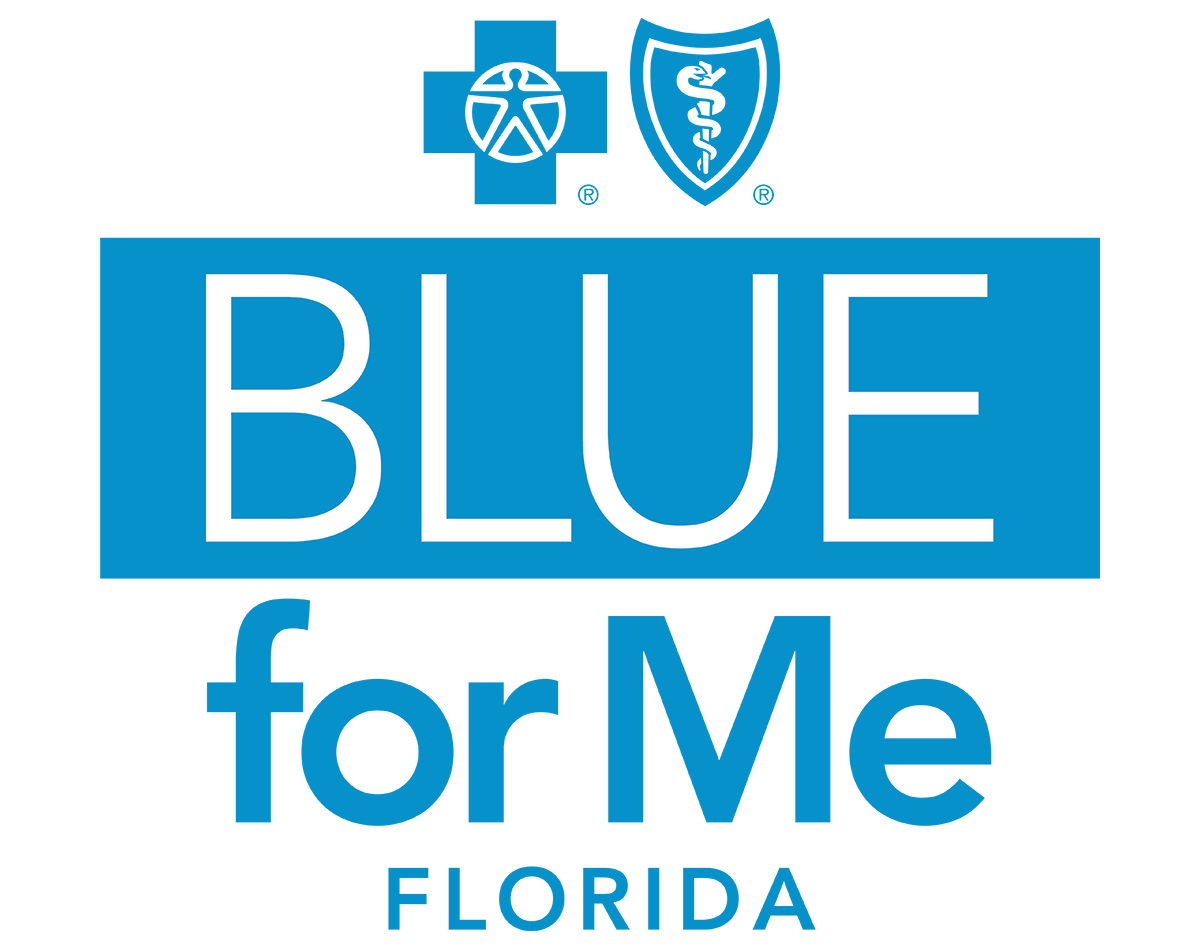Substance Use Disorders are on the Rise in Older Adults
Here’s how to spot the signs and get your loved one the help they need.

Substance use disorders are often thought to impact only teens and young adults. However, nearly a million people aged 65 and older have a substance use disorder (SUD). These complex conditions involve uncontrolled use of substances (illicit substances, alcohol, prescription drugs, etc.) despite negative consequences. They are a growing problem among older Americans.
For example, one study looked at the number of adults aged 55 and older who were admitted to SUD treatment facilities. Admissions went up by 203.7% between 2000 and 2017. That’s compared to a 13% rise among younger adults over the same time span.
Substance use disorders can be harmful no matter your age, but they are especially risky for older adults. That’s partly because our metabolism changes as we age. As a result, substances may stay in our systems longer. This gives substances time to do more damage to our bodies and health. Older brains also tend to be more sensitive to different substances, including:
- Opioids (ex: morphine)
- Some prescription medications
- Alcohol
- Illicit drugs (ex: cocaine)
Unfortunately, substance use disorders are often not diagnosed in older adults. Older adults — and their family members — may notice symptoms but feel nervous about bringing them up.
“They may jump to the worst conclusion — that forgetfulness or confusion may be a sign of dementia,” says Jennifer Crittenden, Ph.D. Crittenden is associate director of the University of Maine Center on Aging. “So they’re leery of having a conversation about it. But it’s not necessarily Alzheimer’s. Many of those symptoms could point to a substance [use] problem, which can be treated.”
It’s also easy to mistake some of the signs of SUD for aging or conditions such as diabetes or depression. Overlapping signs can include:
- More injuries
- Blackouts
- Trouble with memory or thinking
- Sleep issues
- Depression
- Anxiety
- Mood swings
“Sometimes it’s difficult to disentangle everything that’s going on,” says Crittenden. “In younger people, we ask, ‘Does substance use disrupt your work life or your relationship?’ But older people may be retired or socially isolated. So those questions may not be helpful.”
The major message: Educate yourself and understand the information available. Then act on what you know. Here are 3 steps you can take to help a loved one with SUD.
1. Look for Red Flags
Substance use disorders aren’t always easy to spot, but there are clear signs that may point to an issue. Here are 5:
- Changes in hygiene habits. Look for subtle clues such as not doing laundry, not changing clothes, forgetting to brush teeth, or not taking a bath.
- Changes in sleep patterns. Is your loved one getting the right amount of rest? “If you’re not getting good sleep — or if you’re sleeping too much — that could be a warning sign,” says Crittenden.
- Changes in communication. Maybe your loved one is making excuses for things such as being late or missing appointments.
- Changes in medication supply. Is your loved one running out of their medications early? This could suggest that they’re taking too much of their medications.
- Changes in mood. When some people struggle with a mental health condition, they may turn to substances as a way of self-medicating. Dramatic mood changes, especially irritability, can be a sign of an issue.
2. Speak Up
Talking to your loved one about a possible substance use problem is hard. You may worry about hurting their feelings or your relationship. You may question whether you’re right. At the same time, your loved one may try to hide their suffering, or they may feel shame about using substances to cope. Find a way to gently bring up the subject. Let go of any judgment.
“Approach with compassion and curiosity, rather than conclusion,” says Stephania Sciamano, a naturopathic doctor. “If you’ve already decided you know, they’ll pick up on that. Spend time with the person. See what you can do to lift their spirits. Let them know they’re loved unconditionally.”
3. Act
Now it’s time to take action. There are strategies to help your loved one get the help they need. Be sure to work with their doctor. Have an honest conversation with them. Bring up all the things you’re worried about. There are certain symptoms or diseases states that may be causing your loved one to turn to substances, including uncontrolled pain or undertreated mental health conditions.
Where to Seek Further Help
You have many ways to help a loved one with SUD. However, in the end, they must be willing to get help. Don’t force them into any situation that makes them uncomfortable. But if they agree to further treatment, here are a few organizations that may help you get started.
- Substance Abuse and Mental Health Services Administration’s National Helpline
- National Institute on Drug Abuse
- Support groups sponsored by local senior centers, places of worship, community centers, and universities
Finally, if at any time you suspect someone you care for is in danger due to a substance use problem, always call 911 right away for help.
[SOURCES:]
[1] “Substance Use in Older Adults Drug Facts.” National Institute on Drug Abuse, July 2020, https://nida.nih.gov/publications/drugfacts/substance-use-in-older-adults-drugfacts. Accessed June 26, 2022.
[2] Na PJ, Rosenheck R, and Rhee TG. “Increased Admissions on Older Adults to Substance Use Treatment Facilities and Associated Changes in Admission Characteristics, 2000-2017.” The Journal of Clinical Psychiatry, March 28, 2022; vol. 82, no. 3, pp: 21m13938.
[3] Mattson M, Lipari RN, Hays C, et al. “A Day in the Life of Older Adults: Substance Use Facts.” Substance Abuse and Mental Health Services Administration, May 11, 2017, https://www.samhsa.gov/data/sites/default/files/report_2792/ShortReport-2792.html. Accessed June 26, 2022.
[4] "Aging and Drugs.” Merck Manual, July 2021, https://www.merckmanuals.com/home/older-people%E2%80%99s-health-issues/aging-and-drugs/aging-and-drugs#:~:text=Almost%2090%25%20of%20older%20adults,least%205%20different%20prescription%20drugs. Accessed June 26, 2022.
[5] “Chronic Pain and High-impact Chronic Pain Among U.S. Adults, 2019.” Centers for Disease Control and Prevention, November 2020, https://www.cdc.gov/nchs/products/databriefs/db390.htm. Accessed June 26, 2022.
